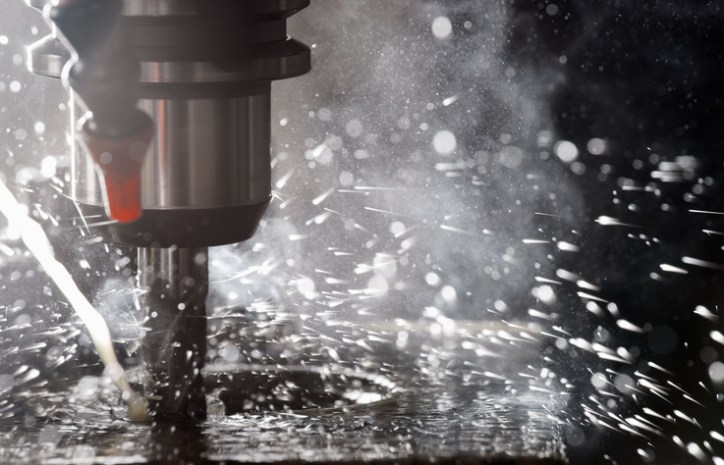Machinery plays a crucial role in numerous industries. However, tasks involving machinery always bear some level of risk, as hazards emerge during the design, construction, reconstruction, modification, installation, set-up, operation, and maintenance of machinery or machine systems. Standardization has been incredibly successful in minimizing the risk and associated injuries related to machinery during these tasks. For standards to be carried out reliably, they must make use of clarity in a shared approach.
The ISO “type A-B-C” structure serves as the framework for international machine safety standards. As established in ANSI/ISO 12100:2012 – Safety of Machinery – General Principles for Design – Risk Assessment and Risk Reduction, this includes:
Type-A standards (basic safety standards) – These give basic concepts, principles for design, and general aspects that are applicable to machinery. An example of a type-A standard would be ANSI/ISO 12100:2012 itself.
Type-B standards (generic safety standards) – These deal with one safety aspect or one type of safeguard, which can be used across a wide range of machinery. Type-B includes two subdivisions under this distinction:
- Type-B1 standards focus on particular safety aspects, such as safety distances, surface temperature, or noise (e.g. ISO 13849-1:2023), while
- Type-B2 standards are for safeguards, like two-hand controls, interlocking devices, pressure sensitive devices, and guards (e.g. ISO 13850:2015 and ISO 13851:2019).
Type-C standards (machine safety standards) – These documents handle detailed safety guidelines for a particular machine or group of machines (e.g. ISO 10218-1:2011).
When a type-C standard deviates from one or more technical revisions dealt with by the ANSI/ISO 12100:2012 type-A international standard or that of a type-B standard, the type-C standard, focusing on a specific type of machine, takes precedence.
The ISO type A-B-C structure is not confined to international standards, however. Machinery safety documents promulgated by the B11 Accredited Standards Committee, in harmonization with international (ISO) and European (EU) standards, also utilize the structure. The exact wording for this usage in the introduction of current ANSI B11 standards states they “can be associated with the ISO ‘type A-B-C’ structure.”
Even though it also contains some very specific guidelines, ANSI B11.0-2020: Safety of Machinery is considered a type-A standard, as it focuses on the general safety guidelines common to ANSI B11 machines. This standard was actually prepared with ANSI/ISO 12100:2012 as a principle resource, but it differs from the international document by including guidelines for both suppliers and end users of machinery, as opposed to just suppliers.
By going beyond ANSI/ISO 12100:2012 in this regard and other means, compliance with ANSI B11.0-2020 automatically assures compliance with ANSI/ISO 12100:2012. However, this is not true vice-versa.
Technical reports within the B11 series are considered type-B, as are American National Standards ANSI B11.20-2017: Safety Requirements for Integrated Manufacturing Systems (IMS), ANSI B11.19-2019: Performance Requirements for Safeguarding, ANSI B11.21-2006 (R2020): Safety Requirements for Machine Tools Using Lasers for Processing Materials, and ANSI B11.25-2022: Safety Requirements for Large Machines.
As documents detailing guidelines for a specific machine, examples of ANSI B11 type-C standards are numerous, but some include ANSI B11.1-2009: Safety Requirements for Mechanical Power Presses and ANSI B11.2-2013: Safety Requirements for Hydraulic and Pneumatic Presses.
All ANSI B11 documents are available together as the ANSI B11 Machine Tools Safety Package.
